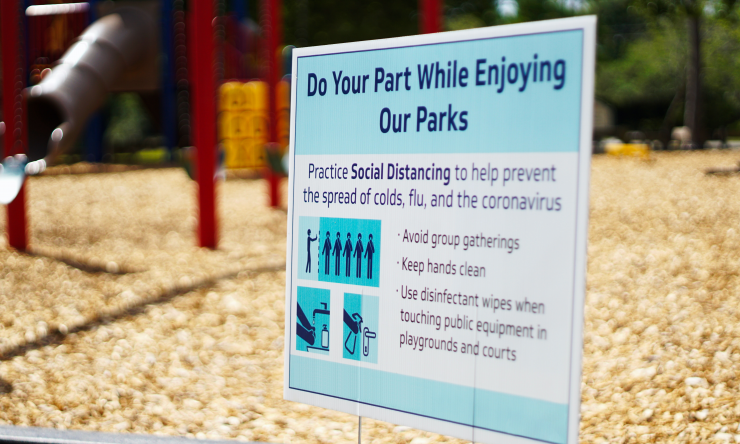Life after flattening curve will not be business as usual
When putting out a brushfire, you have to be mindful of residual embers that can rekindle the fire. An infectious diseases expert at Baylor College of Medicine said that the same can be said for COVID-19, and we need to do everything that we can to prevent a rekindling of the disease.
“We don’t know what it will look like after this initial wave,” said Dr. Robert Atmar, professor of infectious diseases at Baylor. “We don’t know whether one or more subsequent waves will occur and cause annual epidemics. We don’t yet know what the pattern will be.”
That’s why it’s important to be aware of what public health authorities are reporting now and after we’ve flattened the curve, he said. Disease activity will be monitored, and they can inform communities if the cases begin to increase again.
The goal of flattening the curve is to decrease the rate at which people are infected so that the healthcare system can manage the number of cases. However, flattening the curve doesn’t necessarily mean that we can decrease the total number of people who are ultimately infected.
Those who are at high risk for serious complications due to COVID-19 will still have the same risk if they are infected, and flattening the curve will not impact the disease severity. So it’s important to remain cautious. Social distancing measures need to stay in place even after a region peaks in order to keep the curve flat. However, one advantage of flattening the curve is that there may be more medical resources available to help manage the cases, as well as new treatments.
Atmar said he hopes for a vaccine or treatment by the time a second or third wave occurs, but currently there are no proven effective treatments. Whether you identify the disease in the first two days or the second week does not impact disease outcome.
“For the sake of everyone, particularly older adults, we need to continue to practice social distancing and proper hygiene,” Atmar said.
He also pointed out that we are now seeing adults between the ages of 20 and 55 having severe illness.
The more we learn about the virus as time goes on, the measures that we need to take to prevent and treat it will be better refined. If ‘normal’ activities resume too quickly, there is a danger that the virus could begin spreading again, he said.
“Social distancing, wearing masks and hand hygiene are the only measures available to protect us from infection until we have a vaccine,” Atmar said. “The key is that it’s not going to be business as usual once we get past the hump.”










